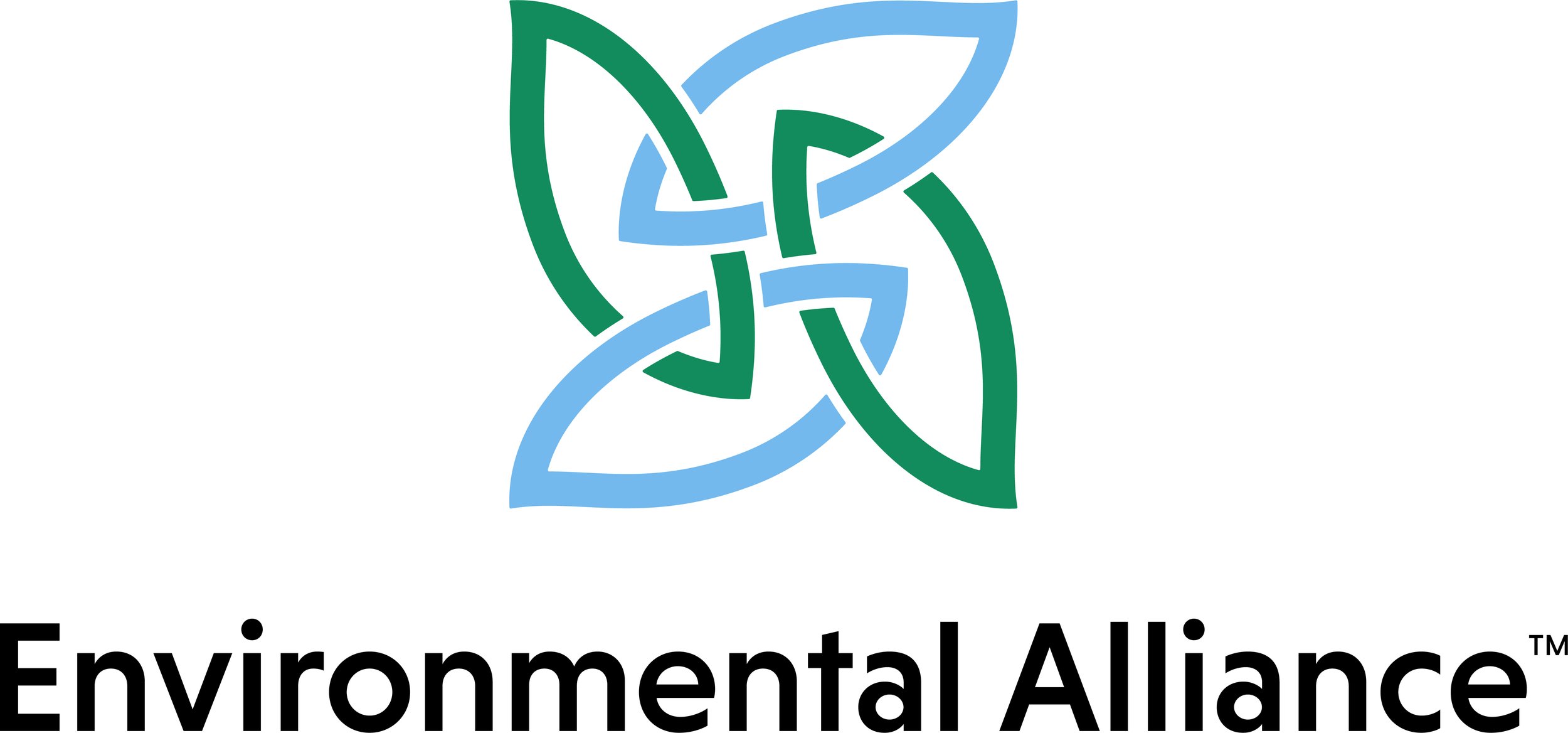Cleaning Up with GIS
Awareness of the catastrophic anthropogenic damage done to our only planet has never been greater. In addition to our growing emissions and continuous destruction of natural ecosystems, human trash can be found everywhere on this beautiful pale blue dot hurtling through space. We have begun to change. We are all part of the solution. Acts big and small matter. Shifting entire industries towards sustainability, joining CleanUp events to remove trash from our precious environment. But there is much work left to do.
The CleanUp organization and all of you who participate in, or support its efforts are drivers of change. You are agents of the positive transformation needed in the world. It’s an uphill battle at times, but you are making an impact on the world. Or rather, you are reducing our collective impact one piece of trash at the time. You are the change, improving the only world we have. To all of you, the eco-warriors and environmental heroes that show up, we want to extend a heartfelt thank you. Your work is essential and appreciated as we work together toward a cleaner tomorrow.
But let’s not unroll those shirtsleeves just yet, the road ahead is full of challenges and hard work. In addition to the hands-on, physical work where your engagement is crucial, CleanUp faces challenges of growth and reach. Raising awareness, getting more people engaged and invested, building pride in solutions and ownership of problems. These are key areas to increasing CleanUp’s effectiveness. Luckily, while these are no small tasks, the tools for tackling them are only getting better.
Increasingly, Geographic Information Systems (GIS) are everywhere. They connect information to a map and allow users to store, check, and display data related to specific geographic positions. Properly used, they wrangle all kinds of data – sometimes seemingly unrelated – to provide unparalleled, visualized insight available at the touch of a finger. And there are a lot of untapped GIS solutions available that can greatly benefit CleanUp and its work.
Coincidentally, the global market leader in GIS, Esri, shares CleanUp’s vision of being the change. The theme for the company’s annual User Conference this year was “GIS creating the world you want to see,” and founder Jack Dangermond stated his and Esri’s goal of “mobilizing hundreds of thousands of people in the work of civic management” during his opening remarks. To this effect the company offers a whole suite of GIS solutions that can benefit CleanUp and similar organizations.
In fact, CleanUp already uses GIS of course, including a number of Esri technologies – look no further than the Global Cleanup Map that award-winning GIS Services provider Dymaptic, led by CEO Mara Stoica, recently helped create. But that’s only scratching the surface. Which is why CleanUp continues to work with Dymaptic implementing a more cohesive and streamlined GIS deployment throughout the CleanUp organization. Already, scheduling of events, managing and disseminating information, and communicating results have been made easier with GIS. There is much more to come.
Building on the current, great work of CleanUp, its affiliates, and all cleanup volunteers, an achievable GIS powered future could see more coordinated and effective cleanup events. With immediately available, geographically tagged, and effectually visualized results communicated widely. Throughout local geographic areas, the CleanUp community, or even to media outlets. Continuous monitoring within a GIS environment could also empower volunteers. Allowing them to easily contribute observational data and feed it into a holistic monitoring system that optimizes cleanup efforts, and thus enabling more effective targeting of the areas with greatest need.
With information – pictures, reports, etc. – a touch of a finger away for both volunteers and the greater public, such a future would have accountability built into the system. It could serve as the foundation for people to form attachments with, develop psychological ownership of, and generally inspire greater appreciation of the environment – parks, beaches, trails, wooded areas, and other public spaces.
Additionally, more and better structured data would allow for greater analysis both of where cleanups are necessary, and which factors create the need to begin with. Not only would that minimize the number of cleanups necessary, it would also allow CleanUp and local organizers to shift efforts to a more proactive approach.
Knowledge of potential underlying causes, understanding of which measures are most effective to combat them, and the ability to reach the maximum amount of people is (probably more than) half the battle.
GIS is how to get there.
The future starts now.
Additional information about Dymaptic is at Dymaptic.com
1News.org is your source for news about the environment and the organizations in the Environmental Alliance. Our organization is dedicated to bringing individuals and organizations together with the shared mission to encourage a clean outdoors. We’re growing because of giving individuals that recognize the positive aspects of our mission. What can you do? Help out by taking ONE action. For example, the Adopt One Place concept is to take an area and do a cleanup, lite maintenance, beautification once per week for eight weeks. Take no more than 30 minutes each time and then do touchup to YOUR PLACE every month or two after that. If you’re not having fun, you’re doing it wrong.



